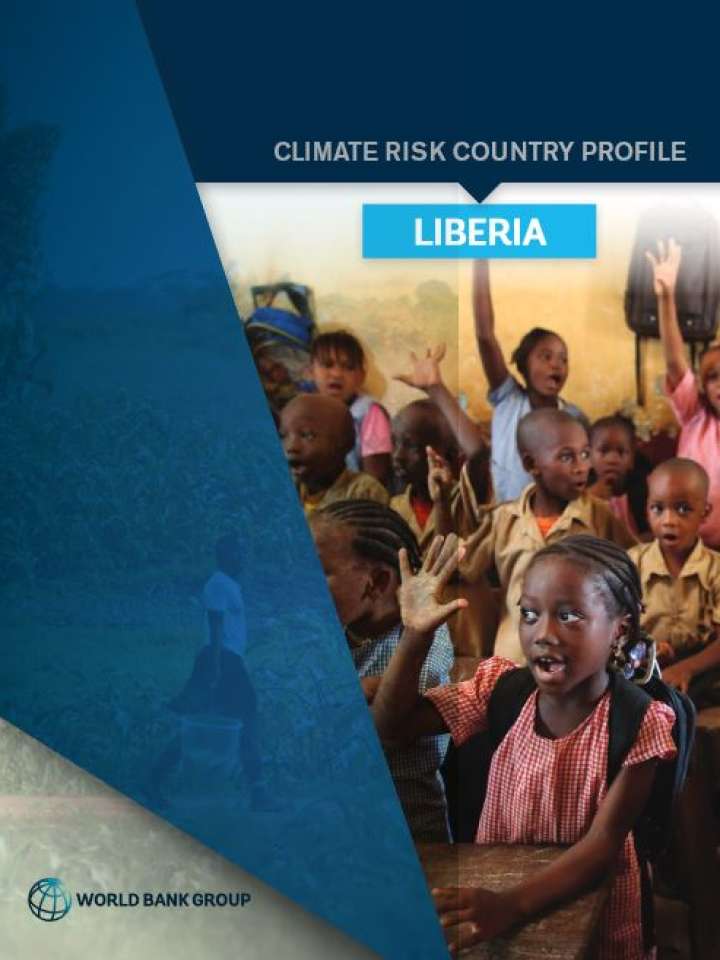Climate risk country profile: Liberia (2021)
This climate risk profile is intended to serve a as public good to facilitate upstream country diagnostics, policy dialogue, and strategic planning by providing comprehensive overviews of trends and projected changes in key climate parameters, sector-specific implications, relevant policies and programs, adaptation priorities and opportunities for further actions. L iberia is situated in the center of the Upper Guinea Rainforest Region along the West Coast of Africa. This region is one of the most biologically diverse. Liberia submitted its Nationally-Determined Contribution (NDC) to the UNFCCC in 2016 and its Second National Communication to the UNFCCC in 2021. These documents provide the platform to integrate its Low Carbon Development Strategy into the country’s long-term sustainable development Vision by 2030.
Climate change is projected to increase temperatures and impact water availability across Liberia; some areas may also experience flooding due to increased intensity of rainfall, coastal erosion and sea-level rise. Liberia as well as the West African Region are at high risk to projected climate trends of increased temperatures, high variability of precipitation with potential for increased heavy rainfall events. The amount and distribution of precipitation is projected to change across the region, with high variability expected for Liberia. According to Liberia’s First National Communication (2013), increasing temperatures and high variability of rainfall will impact the country’s water balance, specifically for the Cavalla River, St John River and St Paul River Basin and will create a more difficult agricultural scenario due to soil runoff and intense rain.
Explore further
